News
Exploring options for natural low sugar dairy
21 May 2019Natural sweeteners like stevia and monk fruit extracts may be one route to clean label dairy, but ingredient suppliers and researchers have developed a range of natural options beyond sweeteners.
Consumers continue to be concerned about added sugar in foods and beverages, while also turning away from artificial sweeteners. In the UK, for example, a Food Standards Agency survey found in May 2018 that 55% of consumers were concerned about the amount of sugar in their food and drink, up from 39% in 2010. And across five European countries – France, the UK, Italy, Sweden and Germany – a quarter of adults seek out low-sugar products, according to a 2016 Sensus survey. The market research organisation also found that 60% of respondents said they monitored their sugar intake.

With this in mind, Chr Hansen has recently released a yoghurt culture that boosts the natural sugars in milk by converting some of the lactose to sweeter-tasting glucose, thereby reducing the need for added sugars. The company claims it is the first to use a culture to produce this effect, providing a clean label solution for manufacturers looking to respond to consumer demand for naturally healthy, lower sugar dairy products.
Meanwhile, enzymatic solutions have been used successfully to reduce sugar for several years. Enzyme companies like Novozymes and DSM traditionally marketed lactase for the production of lactose-free dairy products, as it breaks lactose into glucose and galactose. Now, they also are promoting the enzyme for its ability to increase the sweetness in yoghurts and other dairy products without the need for added ingredients. Because glucose is sweeter than lactose, the approach can allow for a sugar reduction of 20-50%.
A range of more unusual solutions is also available, including changing the colour of the packaging or of the yoghurt itself. According to research led by neuroscientist Professor Charles Spence at the University of Oxford, orange and red colours may boost consumer perception of sweetness, meaning manufacturers theoretically could reduce sugar content without impacting taste, simply by changing the colour of their product.
Flavours could be another useful solution for cutting sugar in dairy. Analysts at Leatherhead Food Research have suggested that some flavours are so closely associated with sweetness that they boost sweetness perception without actually being sweet in themselves. Strawberry esters and vanilla, for example, work in this way, as the sweet smell of foods and flavours at the back of the nose enhances the sweet taste perceived in the mouth.
Related news
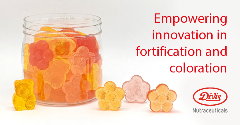
Empowering innovation in fortification and colouration
13 Nov 2025
Divi’s Nutraceuticals offers a large portfolio of innovative, high-quality ingredients for foods, beverages, and supplements, with bespoke solutions and expert support for product success.
Read more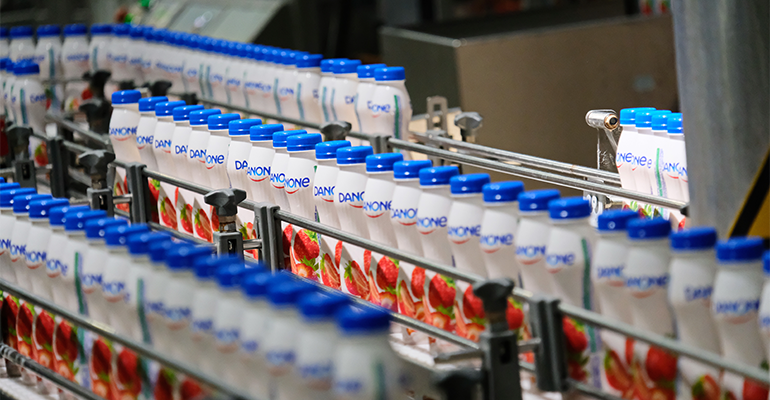
Danone highlights digestive health as potential ‘tipping point’ for food industry
13 Nov 2025
Danone is betting on a food industry “tipping point” that will bloat the market for healthy products, particularly those related to gut health.
Read more
Standing Ovation and Bel scale up casein production from dairy co-products
11 Nov 2025
Foodtech company Standing Ovation has partnered with cheese specialist Bel Group to manufacture dairy serums for industrial-scale casein production via precision fermentation.
Read more
New UPF standard hoped to offer consumers ‘coherence and clarity’
10 Nov 2025
Ingredients companies are being urged to enter “a new era of partnership and innovation” following the launch of the industry’s first non-UPF verification scheme.
Read more
Whistleblowers accuse UK meat industry of promoting cheap, unsustainable supply
7 Nov 2025
An anonymous group of industry insiders has accused the UK’s biggest food companies of systematically driving down meat quality and welfare standards.
Read more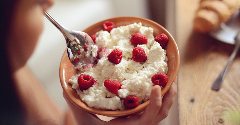
Cottage cheese makes a comeback as consumers call for cleaner labels
6 Nov 2025
From ice cream to dips and ready meals, cottage cheese is experiencing a renaissance as a high-protein, clean ingredient for health-conscious consumers.
Read more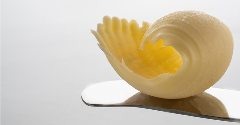
Bord Bia presents Irish dairy ingredient suppliers at Fi Europe
6 Nov 2025
Dairygold Co-operative Society, The Carbery Group, and Ornua Co-operative: Meet with sustainable producers of Irish dairy ingredients at Food ingredients Europe 2025, Hall 7.2 Stand M18.
Read more
Faravelli at Fi Europe: Showcasing FARA® functional solutions for food and nutra
28 Oct 2025
At Fi Europe 2025 in Paris (stand 72M39), Faravelli showcases FARA® Customized Functional Solutions and a wide ingredient portfolio for food and nutra – delivering quality, innovation, and expertise.
Read more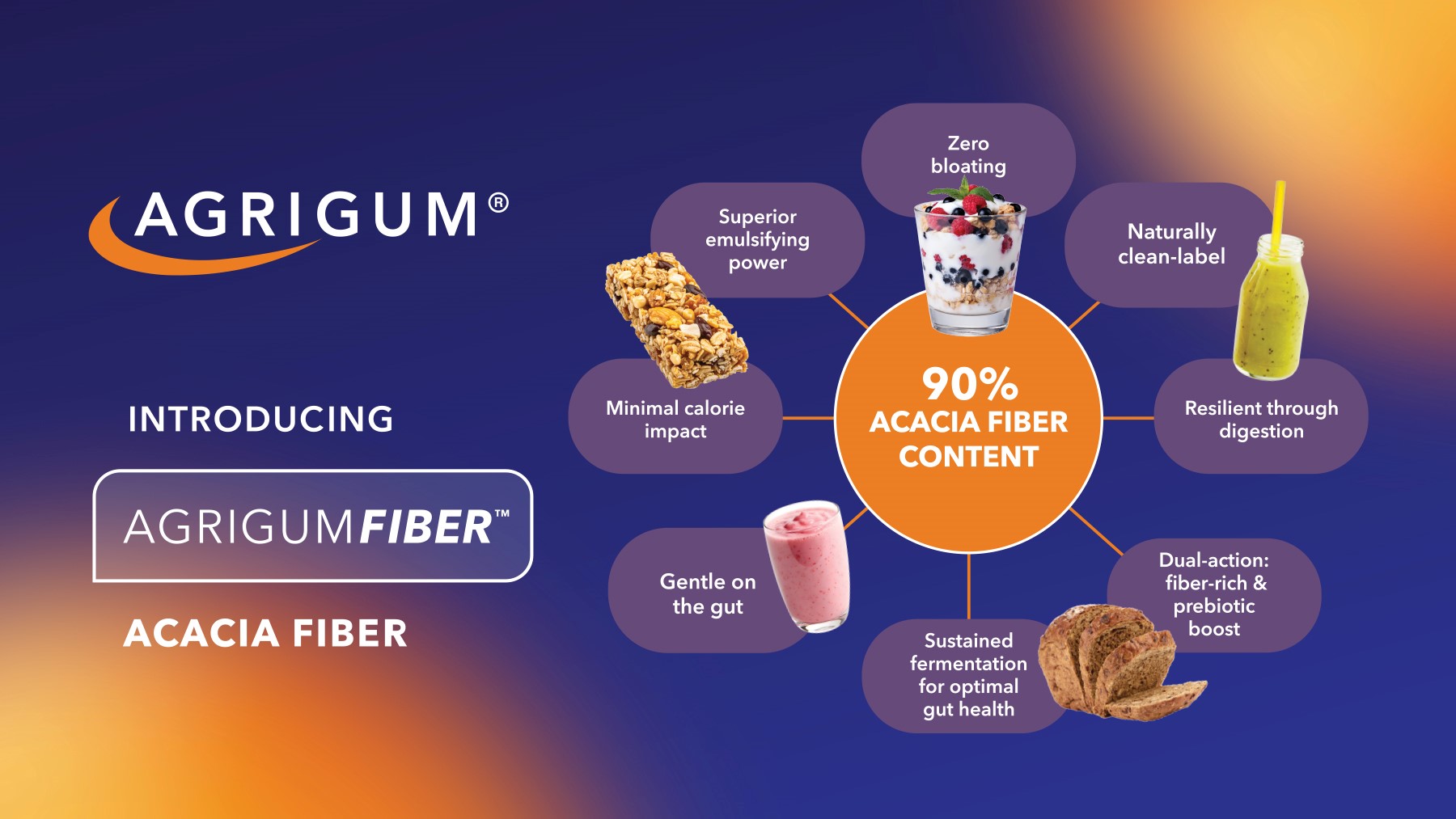
Agrigum Redefined FIBER
27 Oct 2025
Agrigum has transformed gum acacia into a natural, science-backed fibre that supports gut health, sustainability, and innovation across global food and nutrition applications.
Read more
Expanding boundaries in food & beverage innovation
23 Oct 2025
IMCD and FrieslandCampina Professional expand partnership to deliver Kievit® across EMEA, enabling brands to enhance quality and accelerate time-to-market for tomorrow’s food & beverage creations.
Read more

